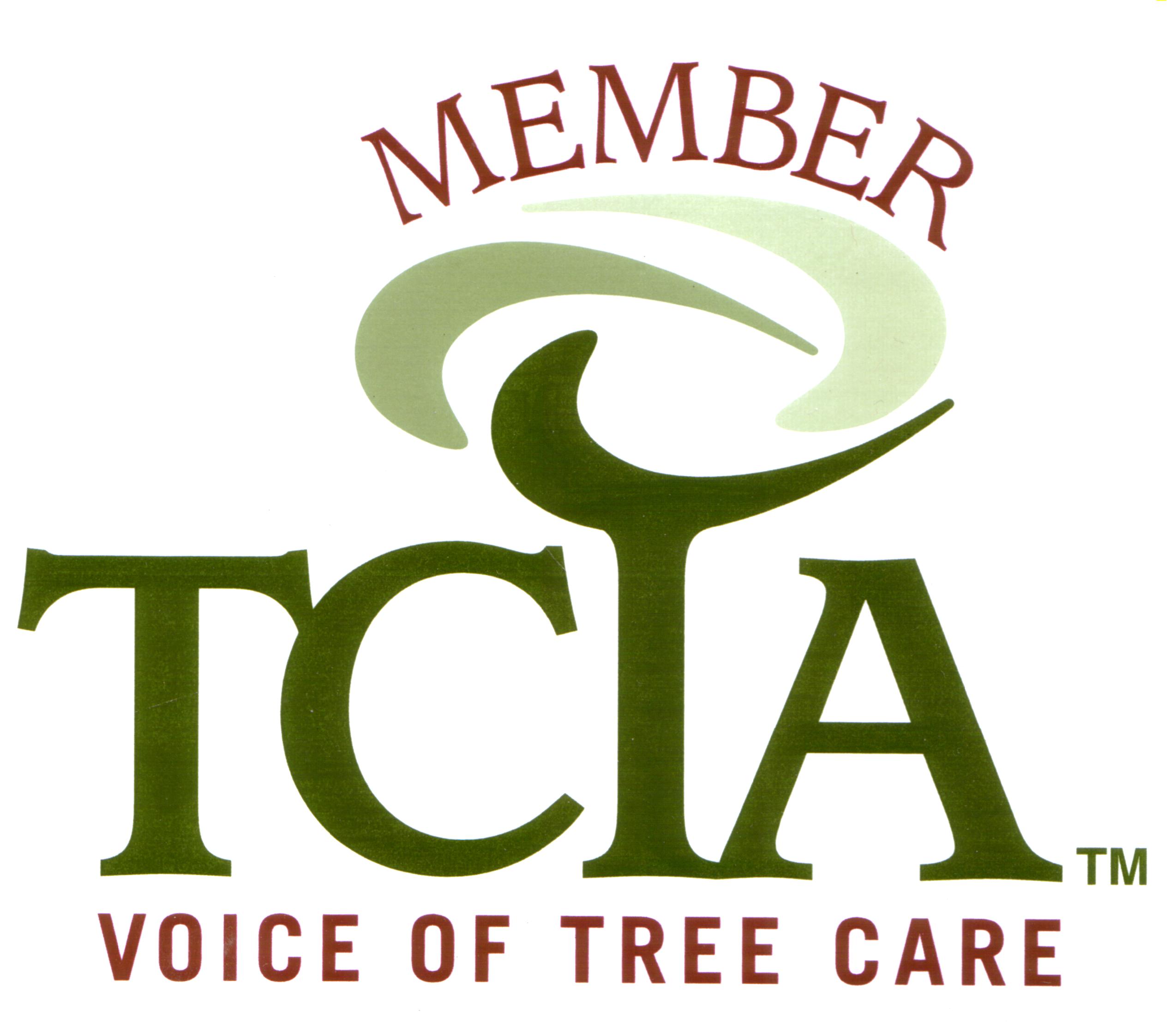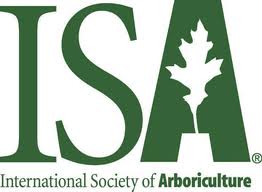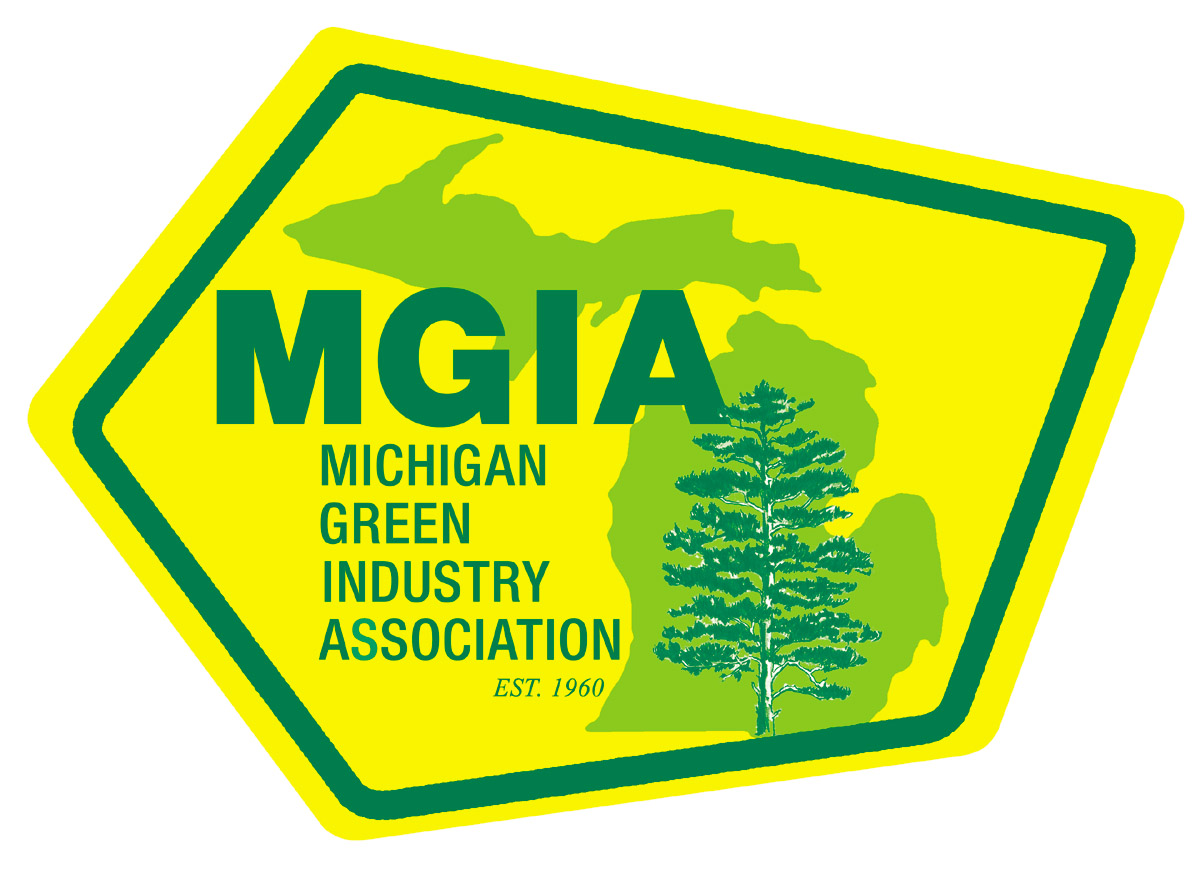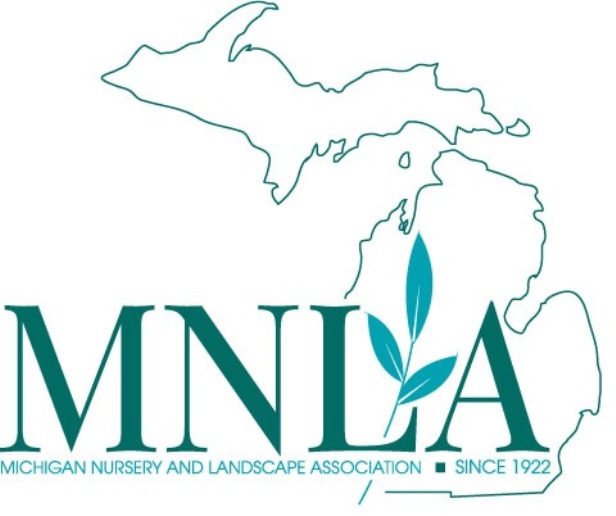CONTACT OWEN TREE AT:
GIRDLING ROOTS
Girdling roots occur when the roots of a tree grow next to or around the trunk of a tree instead of away from the tree. This condition can cause affected trees to slowly weaken or die. The damage caused by girdling roots is a slow process and it may be several years before the tree shows any outward signs of decline.
The normal progression of girdling root damage will cause the leaves of the tree to become stunted and off-color. The tree often produces less leaves on affected portions of the tree canopy. In many situations, a portion of the tree canopy may look weak while the other half looks normal. Tree care practices such as pruning, fertilizing, or watering will not stop the damage caused by girdling roots. The girdling root(s) will need to be removed in order to help a tree that has developed this condition.
Sometimes girdling tree roots can be seen above the soil line. In most cases, however, identifying girdling roots requires observing the crown of the tree and the base of the tree trunk, and possibly excavating some soil around the trunk of the tree. The base of a normal tree trunk should widen at ground level (Figure 1). This is referred to as the trunk flare. If there is no trunk flare and the tree trunk comes straight up out of the ground, like a telephone pole, there’s a high probability of the tree having a girdling root (Figure 2). Another indication of girdling roots is when there is a concave depression on one side of a tree trunk (Figure 3).
There are a number of conditions that promote the development of girdling roots in landscape trees:
• Trees growing too long in a planting container.
• Lack of root pruning when a tree is transplanted.
• Restricted growing space for roots.
• Heavy clay soils that limit root expansion beyond the planting hole.
• Planting trees in soils with low organic matter.
• Compacted soil that limits root expansion
The potential for girdling root development can be minimized by inspecting the root ball of the tree when it is transplanted. Root pruning to eliminate any circling roots should be done at this time. It may also be possible to straighten out small diameter circling roots instead of pruning them off.
Because girdling roots can develop as a tree matures, periodic inspections of your trees should be done. If your landscape trees are not developing a normal trunk flare, then a light excavation of the soil around the base of the tree may reveal the presence of one or more circling roots. These roots can often be severed with hand snips to prevent them from ever developing into girdling roots.
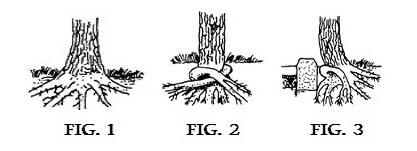
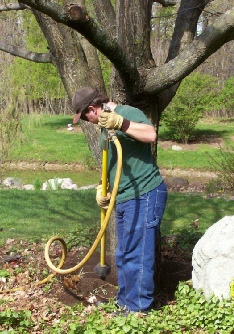
For larger trees with girdling roots a decision needs to be made as to whether the tree can be saved. If too much damage has been done by the girdling root it may be better to remove and replace the tree. However, if the tree has not been weakened too much, then the girdling root(s) will need to be removed in order to save your tree. This may be accomplished by excavating the soil around the base of the tree with a hand trowel, or it might require blowing the soil away from the trunk of the tree with a tool called an air spade. Using an air spade allows for a better view of the root structure and makes deciding which roots to remove, and where to cut the roots, easier for the arborist
Although removing a girdling root is necessary to save a tree, this procedure does remove part of the root system that is feeding another portion of the tree. For this reason we recommend that trees that have girdling root removal done also receive supplemental irrigation and, in most cases, a deep-root fertilization. This will minimize the impact of the root removal and help the tree to recover quicker from the root pruning.

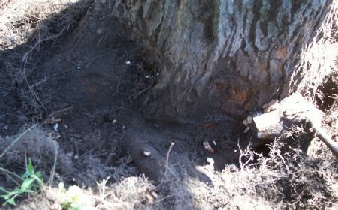
Girdling root on maple tree.
Successful removal of girdling root.
Excavating for girdling roots.



● Leonard
Owen Tree Service provides tree, lawn, and landscape services to the following cities and towns:
Genesee County, Michigan:
● Burton
● Davison
● Flushing
● Goodrich
● Linden
● Otisville
● Clio
● Fenton
● Gaines
● Grand Blanc
● Montrose
● Otter Lake
● Flint
● Genesee
● Lennon
● Mt Morris
● Swartz Creek
Lapeer County, Michigan:
● Almont
● Brown City
● Columbiaville
● Imlay City
● Metamora
● Peck
● Attica
● Clifford
● Dryden
● Lapeer
● North Branch
● Sandusky
● Hadley
● Mayville
● Otter Lake
● Silverwood
Macomb County, Michigan:
● Armada
● Clinton Twp
● Grosse Pointe
● Macomb
● New Haven
● St Clair Shores
● Centerline
● Detroit
● Grosse Pointe Farms
● Ray
● Sterling Heights
● Chesterfield
● Eastpointe
● Grosse Pointe Shores
● Memphis
● Romeo
● Utica
● Clinton
● Fraser
● Grosse Pointe Woods
● Mt Clemens
● Roseville
● Warren
● Harrison Twp
● New Baltimore
● Shelby Twp
● Washington
Oakland County, Michigan:
● Auburn Hills
● Bloomfield Village
● Ferndale
● Orion
● South Lyon
● Berkley
● Clarkston
● Franklin
● Madison Heights
● Ortonville
● Southfield
● Beverly Hills
● Clawson
● Hazel Park
● Milford
● Oxford
● Troy
● Bingham Farms
● Commerce Twp
● Highland
● Novi
● Pleasant Ridge
● Walled Lake
● Birmingham
● Davisburg
● Holly
● Oak Park
● Pontiac
● Waterford
● Bloomfield
● Detroit
● Huntington Woods
● Oakland
● Rochester
● West Bloomfield
● Bloomfield Hills
● Farmington
● Lake Orion
● Oakland Twp
● Rochester Hills
● White Lake
● Farmington Hills
● Lathrup Village
● Orchard Lake
● Royal Oak
● Wixom
St. Clair County, Michigan:
● Algonac
● Casco
● East China
● Harbor Beach
● Lexington
● Peck
● Allenton
● Clay
● Emmett
● Harsens Island
● Marine City
● Port Huron
● Berlin
● Clyde
● Fair Haven
● Jeddo
● Marysville
● Richmond
● Brockway
● Columbus
● Fort Gratiot
● Kimball
● Memphis
● Sandusky
● Capac
● Cottrellville
● Goodells
● Lakeport
● North Street
● St Clair


